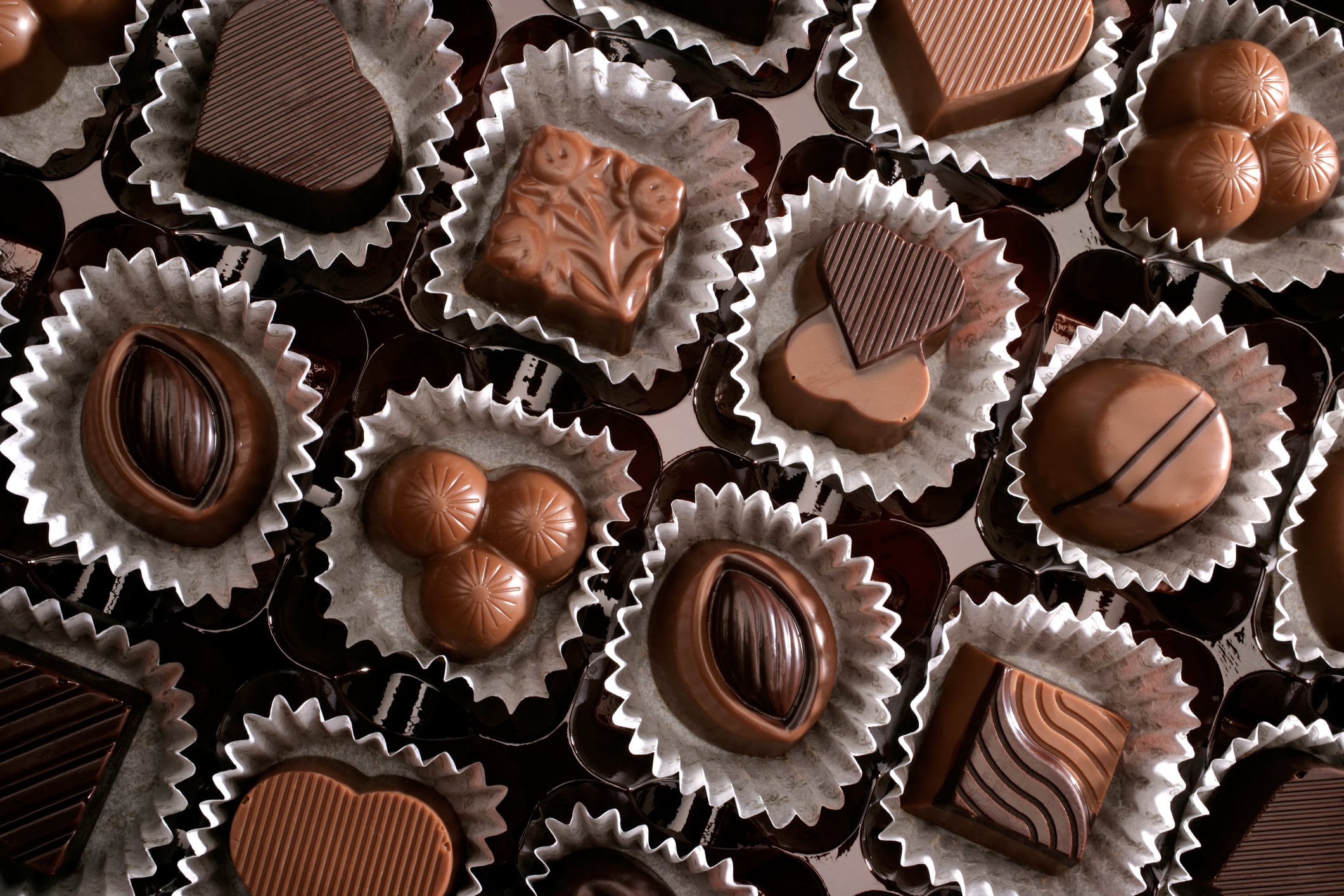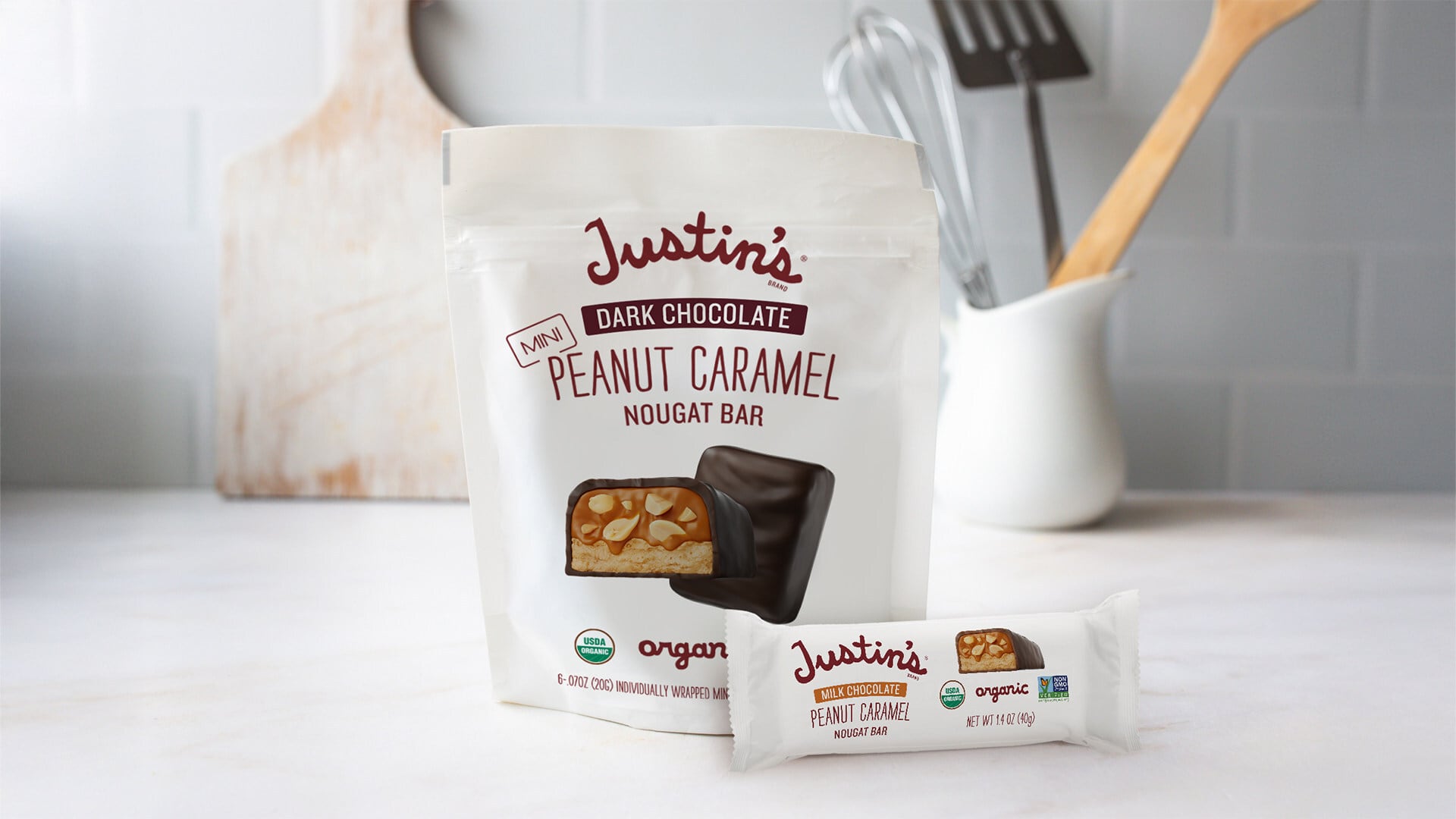In 2025, confectionery’s value is expected to be worth $619.25bn, Statista reports. That’s an increase of over $30bn compared with 2024.
For many confectioners, their growth strategies are focussing on personalisation. Unique taste experiences, personalised nutrition, customisable designs and packaging drive new launches, formulation twists on familiar favourites and marketing campaigns.
Adding a bespoke touch to indulgence is particularly prominent in the packaged food sector. It’s led by a desire to share and gift personalised products, find unique items and enable shoppers to express their personalities through their purchases. Mondelēz International, for example, successfully introduced personalised Toblerone bars in 2023 as part of its strategy to position the iconic bar as a premium chocolate offering.
Consumer research confirms the efficacy of the strategy. Flavouring ingredients, Esarom, for example found personalisation to be a pivotal decision-making factor. Indeed, almost a quarter of global consumers (24%) report that food products tailored to their needs or personality always influence their purchasing decisions, which occurs often for 30% of those asked.
Affordable luxury
Today’s confectioners are required to balance consumers’ calls for price sensitivity with premiumisation and personalisation. “Many brands are premiumising products to drive sales, making them bigger or oversize to grab customers’ attention and create hype on social media,” says Vhari Russell, Founder of Food Marketing Experts. The Trump Store, for example sells presidential merchandise including a 2.75lb ‘gold’ chocolate bar for $86.
Social virality aside, where consumers are buying confectionery for themselves, premium brands offering personalisation can tap into the treat market and make it a must-have purchase. LA-based artisan chocolatier, Compartes, for example, sells a 2lb box of its gourmet classics for $129.95.
“The hyper-premium confectionery market is evolving with a stronger emphasis on innovation, craftsmanship, and the pursuit of unique sensory experiences,” says Kate Williams, founder and director of KW Marketing.
Premium versus hyper-personalisation
“The distinction between premium and hyper-premium confectionery comes down to quality, craftsmanship, exclusivity, and experience,” confirms Williams.
Compared to hyper-personalisation, the premium segment is a more defined category and typically provides a gift offering that many brands do not have with their everyday bar of chocolate. High-quality ingredients and artisanal techniques define premium confectionery but remain accessible through high-end retail.
Hyper-premium confectionery takes this further. It features rare, single-origin ingredients, meticulous hand-crafted techniques and limited-edition releases.
Hyper-personalisation however, presents itself in bigger, more luxurious products that push the price up and offer something different that gets people talking across the board.
Confectioners and trends tapping into hyper-premium and personal products
● Brands such as La Maison du Chocolat, Valrhona and Pierre Marcolini lead this space, offering exceptional flavour complexity and exclusive collections.
● Amedei and Godiva’s Gold Collection push into hyper-premium territory, incorporating rare ingredients and elegant packaging to enhance the gifting experience.
● British Popcorn Kitchen has launched Happy Birthday and Mother’s Day gift bottles to tap into the seasonal personalisation trend.
Keeping hyper-personalisation brands humble
Confectioners emerging in the hyper-personalisation segment are considering and adopting various marketing strategies to ensure they can occupy space in the amped-up luxury market while retaining their simultaneous positions in the everyday confectionery industry.
“Premium confectionery brands are carefully balancing luxury gifting with cost-conscious consumer behaviour by offering product ranges that cater to different price points,” says Williams. Many brands are also introducing smaller, more accessible products, such as mini assortments or tasting selections, allowing consumers to indulge in a premium experience without a high price tag.
Another key approach is limited-edition and seasonal offerings. “Brands create exclusive collections for occasions like Christmas, Valentine’s Day or Easter, providing a sense of luxury and exclusivity without long-term financial commitment,” Williams adds.
“Personalisation is another way brands add perceived value without dramatically increasing costs, with custom packaging, engraved chocolates and tailored flavour selections making premium gifting feel more special,” Williams notes.
However, as brands need to balance uniqueness with affordability, is hyper-personalised gift-giving a generosity too far? “Price is a big challenge, as is affordability, alongside volumes and repeat purchase rates,” Russell notes. To make hyper-personalisation a viable option, confectioners will need to balance awareness and sensitivity around costs with consumer interest in luxury sweet treats.
Packing confectionery with other consumer needs
Alongside premiumisation and personalisation, there is a growing trend for health-conscious luxury. Premium brands are, therefore, incorporating organic cocoa, refined sugar alternatives and superfood infusions to appeal to wellness-focused consumers. These consumer demands present confectioners with an avid opportunity to pair personalisation with shoppers’ key purchasing considerations.
Sustainability is also a growing factor in purchasing decisions. “Brands that champion ethical sourcing and eco-friendly packaging are resonating with conscious consumers who are willing to spend more on products that align with their values,” says Williams. Sustainability remains a significant influence, with more brands adopting bean-to-bar production and committing to ethical sourcing.
A shift toward experiential gifting is also driving the sector, with consumers seeking out chocolates that offer rare ingredients like yuzu, saffron, and champagne truffles or are crafted in limited-edition collaborations with designers, chefs and luxury brands. “These innovations reinforce the exclusivity and desirability of hyper-premium products,” Williams adds.
Innovations such as custom-made confections, ultra-limited seasonal collections and exotic flavour pairings define this space, ensuring that hyper-premium confectionery is not just about indulgence but the entire luxury experience. “For today’s luxury consumers, it’s not just about indulgence; it’s about the experience, the exclusivity, and the story behind every bite,” Williams details.




